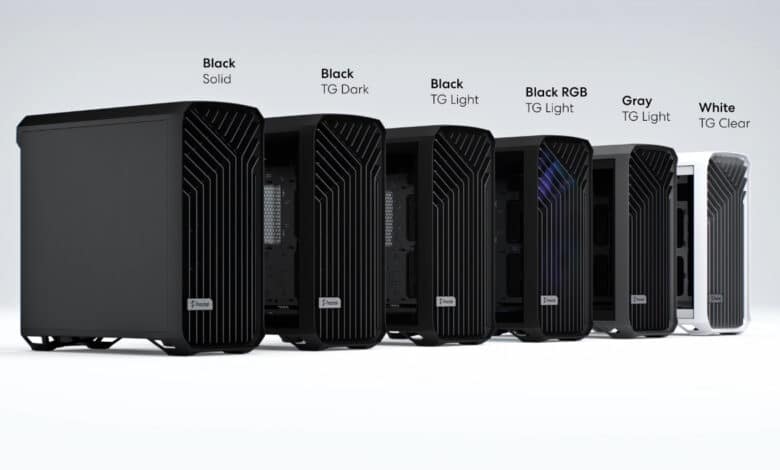
Fractal Design will be known to many here, especially as a manufacturer of high-quality and well-designed cases. In addition to updating the classics, such as the Define, the Swedes always try new design concepts, such as the Torrent. The case is especially noticeable for its eye-catching and highly air-permeable front. The louvers are somewhat reminiscent of the grille of a sports car, and the two 180 mm fans that sit directly behind them ensure a high air throughput. The three 140 mm fans that are already mounted in the base at the factory also make it clear that airflow and low temperatures are the main priorities here.
The Fractal Design Torrent is available in the colors Torrent Black, Grey and White. Potential buyers can choose between metal side panels or a lightly or heavily tinted glass panel on the left. An RGB version is also available. This is based on the Torrent Black, relies on darkened glass panels on both sides and comes with five ARGB fans. This version is also available to us for the following review.
Specifications
| Mainboard compatibility | E-ATX / ATX / mATX / ITX / SSI-EEB / SSI-CEB | ||||||
| Dimensions | 544 x 242 x 530 mm | ||||||
| Weight |
|
||||||
| Fan positions |
|
||||||
| Radiator compatibility |
|
||||||
| Max. Length GPU | 461 mm (423 mm with front fans) | ||||||
| Max. Length PSU | 230 mm | ||||||
| Max. Height CPU cooler | 188 mm | ||||||
| Drive mounts |
|
||||||
| Front ports | 1x USB 3.1 Gen 2 Type-C, 2x USB 3.0, HD Audio, Power/Reset Buttons | ||||||
| Features | Supporting GPU mount, fan hub for up to 9 fans, power supply cover with ARGB effects, dust filter | ||||||
| Price |
|
Scope of delivery
The case comes in Fractal’s typical brown cardboard box, with large “Torrent Computer case” lettering and drawing on one side and an exploded view on the other. The case is well protected, with everything firmly tucked into place. Besides the case itself, there are two rails, for mounting 140mm or 120mm fans instead of the 180mm ones in the front, as well as the GPU mount, screws and an instruction manual included.
External Impression
Two things in particular stand out immediately when looking at it. First, the new very open and air-permeable front, which is unique with its louvers, or at least not known to us like this from any other case, and secondly, the absence of the separate chamber for the power supply in the bottom. In the Torrent, this is once again housed in the lid, as was the case in the past.
The front is made of plastic and can be completely removed, with a few simple steps and without tools. Behind the louvers is a dust filter, and behind that on the case are the two huge Prisma AL-18 ARGB fans. These use the entire width of the chamber, but can also be exchanged for smaller fans. This requires two adapters, but they are included.
The top is closed in contrast to other Fractal cases. There is no open lid, such as the one included with the Define. The lid is beveled on the sides and also made of plastic. This makes a good impression, but it is clearly recognizable as plastic and for us, compared to the metal that we know from the Define 7, for example, a step backwards. Compared to other cases, the front ports are sparse, but with 1x USB-C, 2x USB and HD Audio, they offer the most important ports and probably enough for the mass of users. The power button lights up in operation, the reset button is on the edge.
The two side panels are almost entirely glass and heavily tinted. This tinting makes the RGB lighting look a bit more subtle and less noticeable. They are attached using push-pins, making them quick and easy to remove at any time without loosening any screws. The system is already known from other Fractal cases and convinces in the test.
Not only the front, but also the bottom of the case is open. The fans are already included and pre-assembled, which, unlike many other cases, shows that it should be actively included in the ventilation concept. Like on the front, a dust filter is installed here, but it can only be removed and cleaned when the front is removed. In addition, relatively high feet are used so that plenty of air can be sucked in.
Overall, the exterior convinces us. The design looks refreshingly new, the concept seems well thought-out and Fractal Design leaves hardly anything to be desired. The workmanship is very good as usual, but we would have liked to see more metal and less plastic in this price range.
Interior impression
The Torrent offers enough space inside, even for larger E-ATX motherboards. Fractal Design relies on a layout that is optimal for airflow, and you won’t find any space for these annoying drives here.
In general, airflow seems to be the big issue with the Torrent. Two Prisma AL-18 ARGB fans with a diameter of 180 mm are already installed in the front, alternatively three smaller fans with a diameter of up to 140 mm are possible. For this, the two adapter plates have to be screwed in. Three Prisma AL-14 ARGB fans are also installed in the bottom, two 180 mm fans also fit here as an alternative. Another fan up to 140 mm can be mounted in the rear. We would have liked to see a fan mounted there as well. On the one hand, this avoids too much warm air for the power supply, which is located in the lid, and thus noise, furthermore it would be consistent with the concept.
Those who don’t rely exclusively on air will alternatively find enough space for radiators. Radiators up to 420 mm can be mounted in the front and the bottom, and there is room for a 140 mm radiator in the rear. In addition, radiators with a width of up to 180 mm can be installed in the front, but the possible length is then reduced to 360 mm. It should also be noted that although there are two positions for 420 mm radiators, only one can be installed. If you already use a 420 mm radiator in the front, it takes away some space in the bottom, so there is only room for 360 or 280 mm radiators.
Around the motherboard and around the fans are feedthroughs for good cable management. These are also covered with rubber in visible areas. As usual, seven slot brackets are used in the rear. The Flex B-20 riser bracket, which is available separately, is required for the vertical installation of the graphics card. Those who install their graphics card as usual will also find a bracket in the scope of delivery. This is screwed into the front area of the case. The bracket has an arm with a rubber spacer, which prevents heavy graphics cards from sagging. The idea is simple but good, the installation is uncomplicated and only requires a few moves. Unfortunately, since our graphics card is too short, a demonstration in the test was not possible.
For once, there is no space for the PSU in the bottom, again relying on airflow. The three fans are already mounted on a plate, which is fixed with the help of two screws. If you loosen these screws, the plate and the fan can be pulled out. This makes the installation much easier, so it is no longer necessary to put the case on its side to change the fans. If you want to mount 180 mm fans here as well, you should keep in mind that you’ll be very close to an ATX board and that there’s only little space left for the cabling.
As already mentioned, the power supply is located under the lid, the Swedes rely on a small chamber here. The power supply is thus structurally separated, space for the cables is also available. As before, it draws in air from below, from inside the case. The RGB version of the case also has an ARGB strip on the PSU cover.
On the right side of the case are the spaces for drives. Below the mainboard cutout, two 3.5″ drives can be mounted, further forward there is room for up to four 2.5″ drives. In addition, the Nexus 9P Fan Hub is located at the bottom. Here you can connect up to nine PWM fans if the motherboard does not offer enough fan headers or you want to avoid cables. A SATA power connector provides sufficient power. Apart from that, you’ll find plenty of Velcro and mounting options for good cable management.
Installation and cooling performance
Since we use an AiO in the front as CPU cooling we had to make some changes in advance though. For optimal cooling we removed the 180mm fans and installed them in the bottom, in the front we now attached the 280mm radiator. We also placed one of the Prisma AL-14 ARGB fans in the rear, so our cooling now consists of a 280 mm radiator including two fans in the front, two 180 mm Prisma AL-18 ARGB in the bottom and one Prisma AL-14 ARGB in the rear.
The installation of the hardware turned out to be very simple and uncomplicated, thanks to the well thought-out interior and sufficient space. We also found enough space and mounting options for the cabling, but we also have to admit that we only use a 2.5″ SSD. Users who use many drives will probably see this differently, especially if they have a glass side panel on the right and place a lot of emphasis on cable management there as well. Furthermore, there are many additional cables due to the six (five pre-installed fans + ARGB strips on the PSU cover) or even seven ARGB components in our case. Here, an ARGB hub would be desirable in addition to the fan hub.
Our test system consists of the following components:
- ASUS ROG Strix B560-F Gaming WiFi Motherboard
- Intel Core i5-11400F processor
- ASUS ROG Strix LC II 280 ARGB
- 32GB G. Skill RipJaws V 3200 RAM
- MSI Radeon RX 5500 XT Gaming X 8G Graphics Card
- TeamGroup T-Force Cardea IOPS 1TB SSD
- Crucial P5 2TB SSD
- Samsung 860 QVO 1TB SSD
- Seasonic Focus GX-550 power supply
For comparison, we used the Fractal Design Define 7, in which we relied on the open lid with two 140mm fans, one 140mm fan in the bottom, one in the rear and also a 280mm radiator in the front. In both cases, the case fans ran at 50% of speed, and the volume was at a very similar level. In another test, we ran the Torrent’s case fans at maximum speed.
| Case | Settings | Difference CPU to room temperature | ||||||||||||
| Fractal Design Define 7 |
|
|
||||||||||||
| Fractal Design Torrent |
|
|
Compared to our well-ventilated Define 7, temperatures continued to improve as expected. With the pump and radiator fans at maximum speed, the temperature in the Torrent was 2°C lower. Higher case fan speeds did little to help here. The most interesting result for us, however, is the temperature with the pump and radiator fans turned down. Here, the temperatures in the torrent were 4°C lower than those of the Define 7.
The graphics card also benefits significantly, in our case the difference was 3°C with the fans turned down, and 5°C with maximum speed. Modern graphics cards with high power consumption and high heat development can probably profit even more.
Generally speaking, the Torrent is not a quiet case. Under the airflow, the volume suffers, no matter how far down you go with the RPM, there is always something at least quietly audible. At maximum case fan speed, the Torrent is extremely loud.
Conclusion
Our verdict on the Fractal Design Torrent Black RGB is positive, if a bit mixed. The design is refreshingly new and appeals to us a lot. The concept is well thought out, as is the interior. The workmanship is also very good, as is typical for Fractal, but more metal would have suited the case well. We would have liked more features, such as an ARGB hub, especially in the RGB version, a fan in the rear or more USB ports on the front panel.
On the other hand, the cooling performance is convincing all along the line. The case is extremely airy and the temperatures are low. Especially the graphics card can benefit greatly, depending on the model. A big disadvantage of the concept is the noise. The case is regulated and quiet under the table, but you will probably never get it inaudible.
Overall, the Torrent is rather not an all-rounder, but mainly a good airflow case, but has a few minor weaknesses. In addition, the price is very high and has increased even more compared to the last Fractal cases. We are curious whether Fractal Design will eliminate the weaknesses with a possible Torrent 2 in the future and can recommend the current generations especially to those who want high cooling performance and do not need a silent case.
Fractal is already working with resellers and stores to temporarily suspend sales of the Torrent until an appropriate replacement part for the Fan Hub is available or has been installed. This is expected to take about 2-3 weeks. Fractal recommends disconnecting the Fan Hub from any power supply. Fractal apologizes for any inconvenience and hopes to present a solution shortly.
Fractal Design Torrent Black RGB
Workmanship
Structure
Features
Noise level
Cooling
Value for money
89/100
Interesting concept for maximum airflow with a new modern design. The case convinces with high cooling performance, but is relatively loud and in our opinion also a bit too expensive.
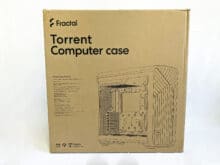




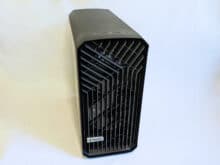



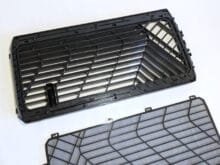
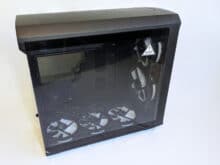

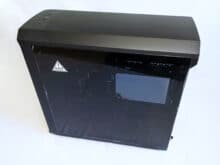
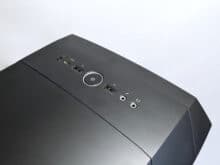
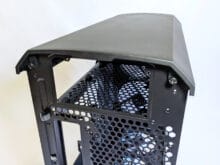
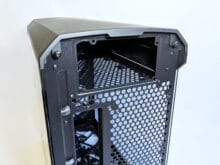
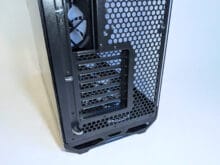
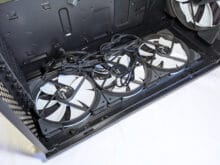
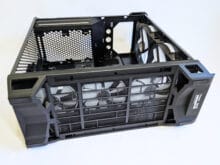
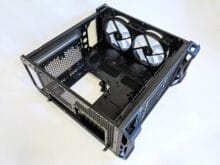
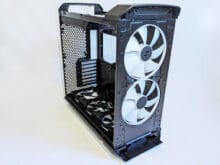

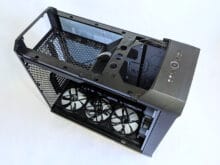
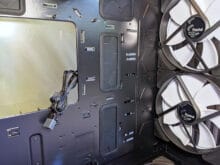

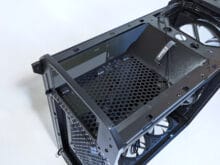

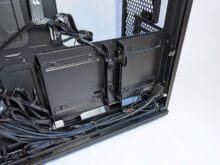




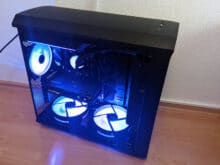
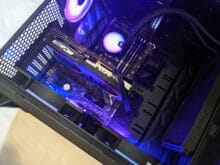

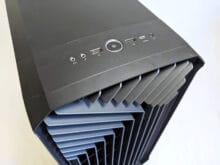
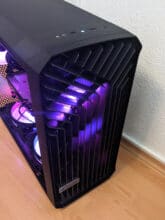
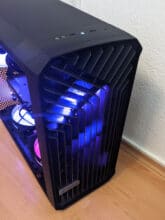
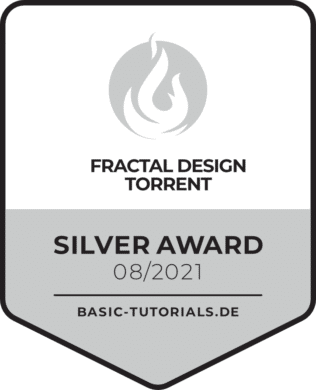

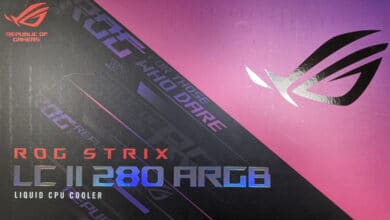
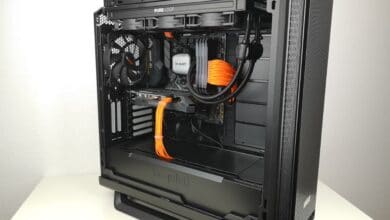
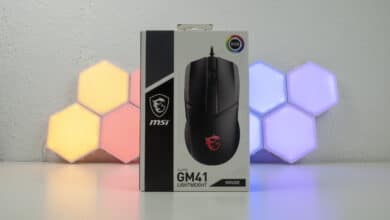
No replies yet
Neue Antworten laden...
Neues Mitglied
Beteilige dich an der Diskussion in der Basic Tutorials Community →